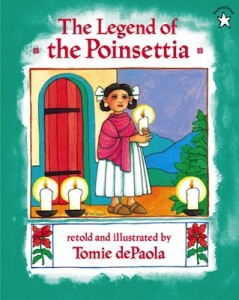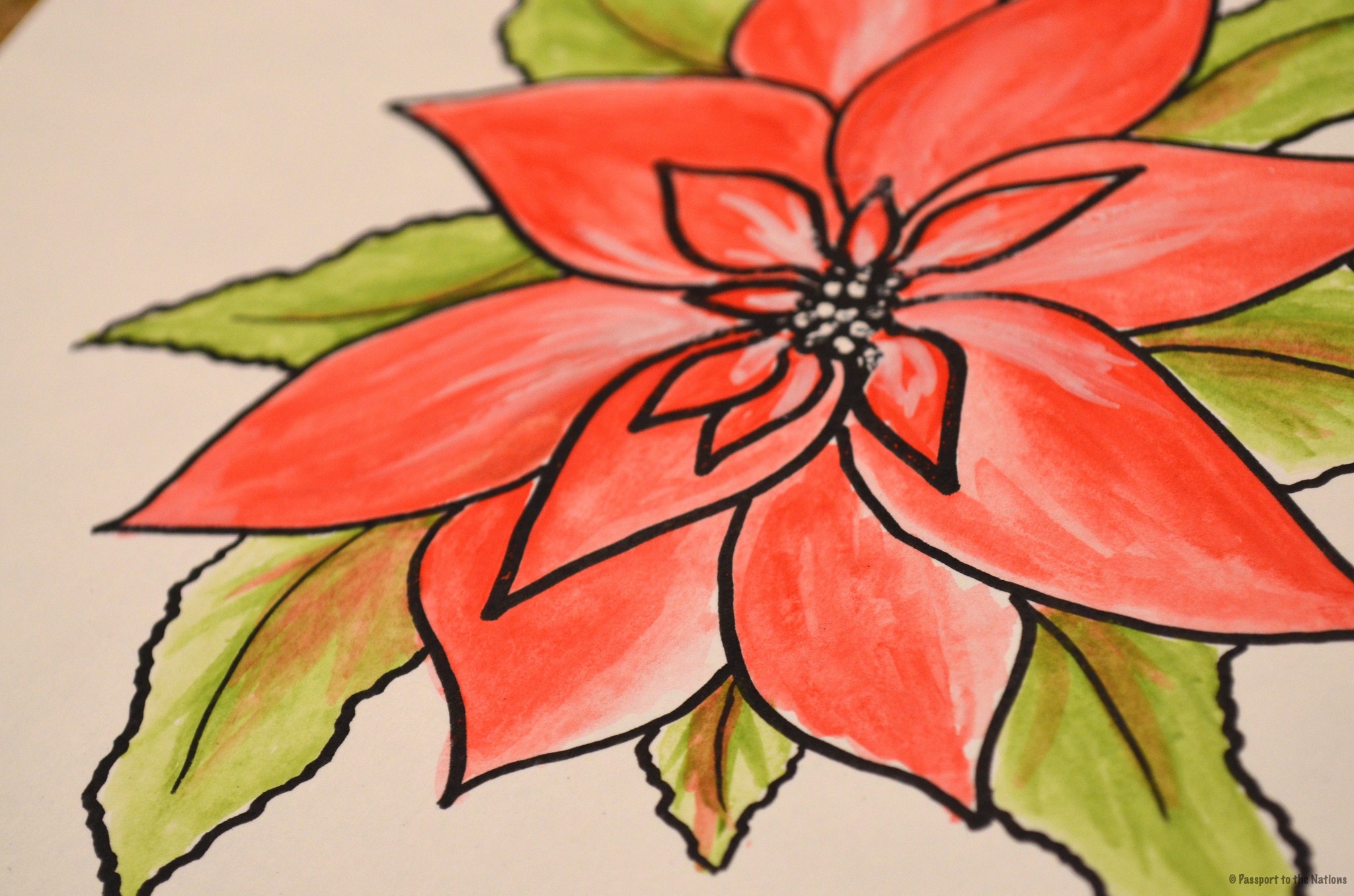The poinsettia is a plant that is often sold and displayed around Christmas time. Do you know why?
History of the Poinsettia:
The poinsettia, a Mexican wildflower, originates from Mexico and Central America. The Aztecs, who used the plant to control fevers and to make red dye from the leaves, originally named it Cuetlaxochitl. It was cultivated as an exotic gift from nature. Later, the American ambassador to Mexico, who also had an interest in botany, discovered the plant growing by the side of the road. The ambassador’s name was Joel Poinsett. He took some cuttings of this plant back to his greenhouse in South Carolina in 1830. He is credited with introducing the flower to America. Eventually, as the flower grew in popularity in the United States, it was named the poinsettia after Joel Poinsett.
The Legend:
One legend from sixteenth-century Mexico explains the flower’s significance as it relates to Christmas. Franciscan friars evangelizing the area of Taxco celebrated one Christmas with a lavishly decorated nativity scene which included this plant. The customary prayers were prayed, a piñata was broken, gifts were exchanged, and a mass was held… during which a miracle occurred: the flower decorating the nativity scene turned red. After that night, the flower was named “flor de la nochebuena,” Flower of the Holy Night.
Conclusion:
Because of the flower’s bloom at Christmastime, the poinsettia has become a popular symbol of Christmas!
 The Legend of the Poinsetta retold and illustrated by Tomie dePaola
The Legend of the Poinsetta retold and illustrated by Tomie dePaola
This legend is beautifully retold and illustrated by Tomie dePaola. It describes how any gift to Jesus is precious simply because it is given.
Watercolor Poinsettia
This watercolor painting of a poinsettia is a beautiful art project to compliment the reading of this story and further celebrate this exquisite flower with its Latin American roots.
What you will need:
- Download poinsettia watercolor template and print on water-absorbent paper such as watercolor paper, multi-media paper, or tag board, all of which can be found at your local craft store. Note: many of these papers are sold in a 9″ x 11″ size format. If you do not have the ability to print on larger paper, you may need to cut your paper down to 8.5″ x 11″ paper size.
- Watercolor paints: red, green and white [Note: we used tubes of concentrated water color as they provide much more vivid color, but it is also fine to use the palettes of watercolors that are readily available.]
- Paint brush; one per child
- Paper plate
- Small plastic cup of water
- Paper towel
- Smock or old shirt (optional)
Begin by wetting the brush and mixing the water into the paint, gradually adding water to paint until the desired consistency is reached. The more water you add, the thinner and lighter the color. The less water that is used, the thicker and darker the paint color will be.
By varying the amount of water added, you can vary the shading of the painting. Students should be careful not to add too much water and over-saturate the paper.
 Shading can be achieved by layering the various colors and blending them together.
Shading can be achieved by layering the various colors and blending them together.
Enjoy creating this beautiful symbol of Christmas inspired from the rich Latin American culture!




